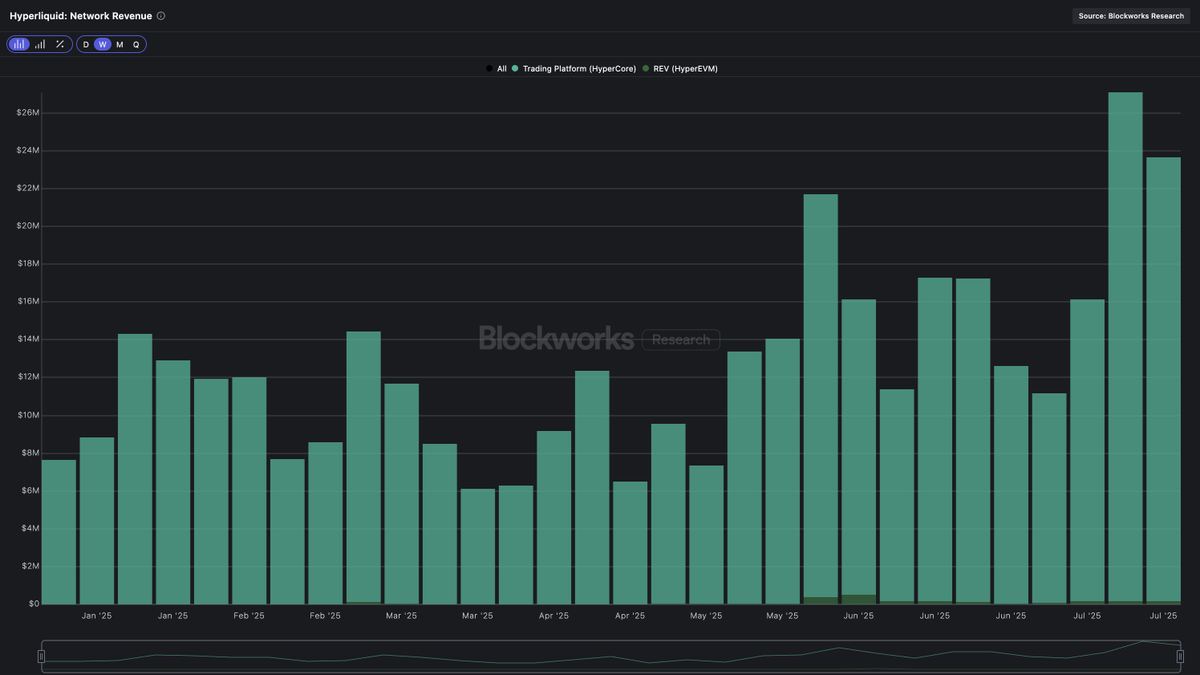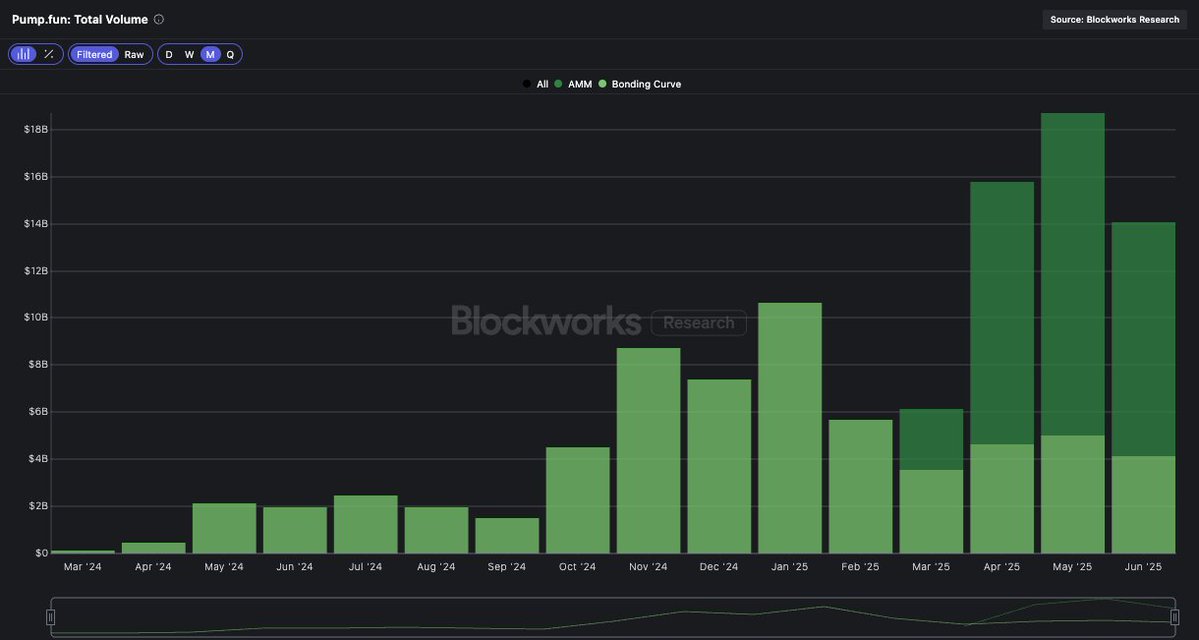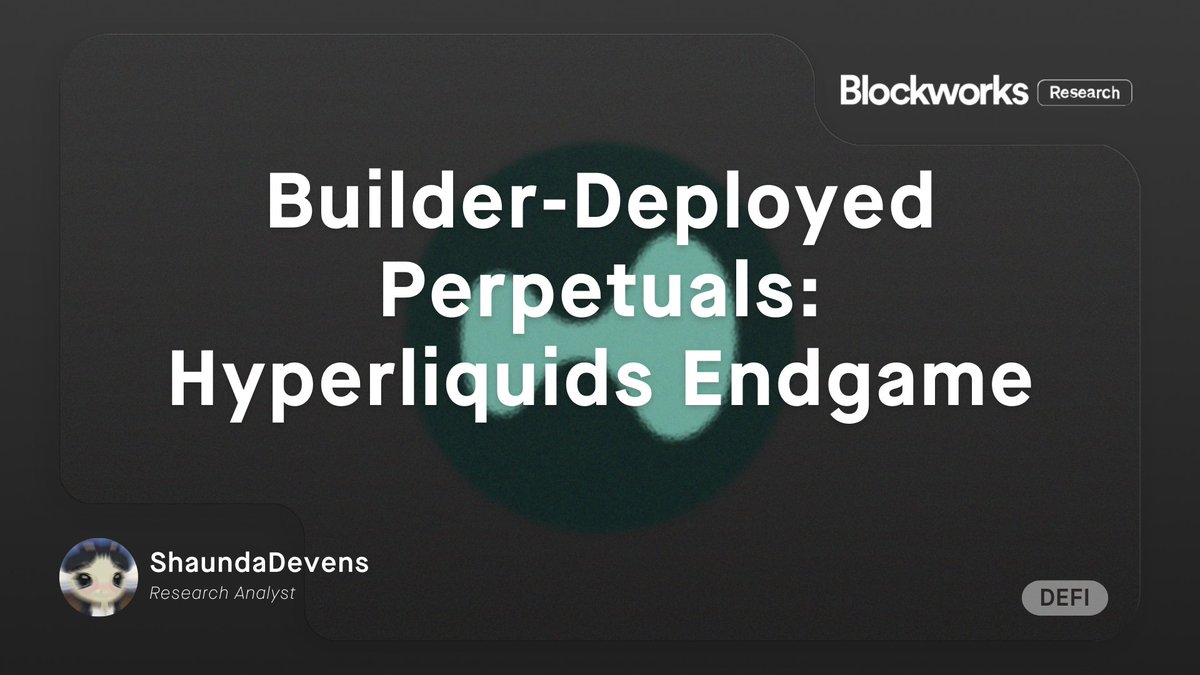We just made our @Solana dashboard available to everyone 🔥
Let this be your one-stop shop for all things Solana data. Track TEV stats, validator and staker cash flow, transaction activity/segmentation, and more!
Let's take a look at the highlights 👇
Let this be your one-stop shop for all things Solana data. Track TEV stats, validator and staker cash flow, transaction activity/segmentation, and more!
Let's take a look at the highlights 👇

This dashboard was made available in collaboration with the @SolanaFndn. You can check it out using the link below!
solana.blockworksresearch.com
solana.blockworksresearch.com
TEV tracks the total amount of top-line fee generation for a blockchain, via both in-protocol transaction fees and out-of-protocol tips. Thus it tracks users' willingness to pay for state and blockspace.
Solana TEV erupted higher in 2024, currently sitting at $9m/week.
Solana TEV erupted higher in 2024, currently sitting at $9m/week.

Source of TEV: Priority fees and Jito tips currently drive ~85% of TEV as users compete on execution speed.
Use of TEV: The Burn, Validators, and Stakers see roughly equal shares of TEV. SIMD-0096 will soon decrease the burn and increase Validator's share of TEV.


Use of TEV: The Burn, Validators, and Stakers see roughly equal shares of TEV. SIMD-0096 will soon decrease the burn and increase Validator's share of TEV.


We also zoom in on the cash flow to validators and stakers, breaking down where the value is derived. The table below also accounts for emissions, unlike TEV.
Note that validator commissions are currently estimated using the stake-weighted average commission rates.
Note that validator commissions are currently estimated using the stake-weighted average commission rates.

Using the Onchain Activity tab, you will see metrics that analyze transaction level metrics.
As an example, we segment addresses by the number of txs sent per day to isolate bots (>5000). We see that bots have a 25x higher revert rate than addresses that send 1-5 tx/day.
As an example, we segment addresses by the number of txs sent per day to isolate bots (>5000). We see that bots have a 25x higher revert rate than addresses that send 1-5 tx/day.

We also see a meaningful gap in median fee between these two groups, suggesting that bots are more sophisticated and capable of paying a lower median fee & addresses in the 1-5 group are less sensitive to fees. 

Solana transactions are constructed with a series of "instruction" calls to onchain programs/smart contracts. Our dashboard tracks the compute unit (CU) consumed and fees generated by these instructions.
We track consumption based on outer instruction calls only.
We track consumption based on outer instruction calls only.

We will continue developing this dashboard over the coming weeks. You will soon see fresh tracking of:
- Enhanced Stablecoin metrics
- Staking and supply data
- Detailed DEX breakdown
- Network health tracking
Let us know if there's anything you want to see! We will build it.
- Enhanced Stablecoin metrics
- Staking and supply data
- Detailed DEX breakdown
- Network health tracking
Let us know if there's anything you want to see! We will build it.
• • •
Missing some Tweet in this thread? You can try to
force a refresh




















